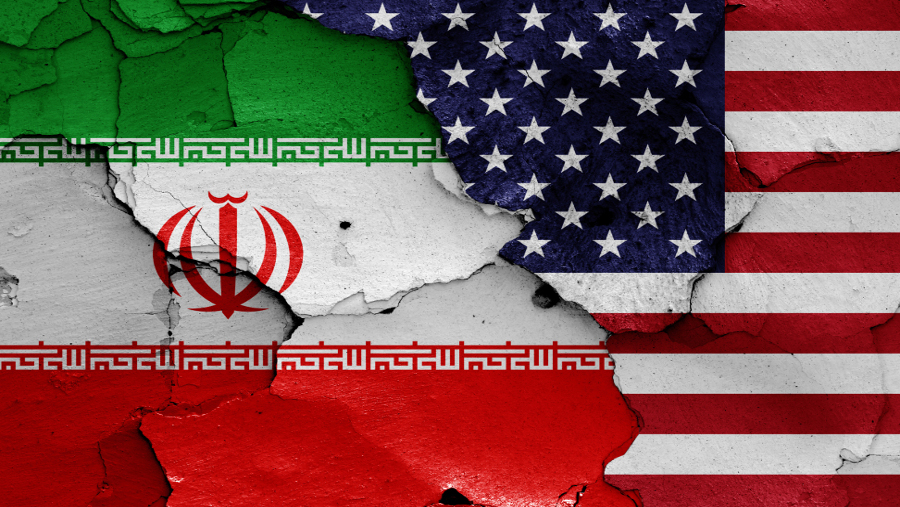Table of Contents
ToggleIntroduction
The relationship between Iran and the USA has been one of the most complex and controversial diplomatic entanglements in recent history. From historic alliances to fierce rivalries, their interactions shape not only their futures but also influence global geopolitics. In this article, we’ll dive into the intricate details of their relationship, examining historical contexts, recent developments, and what the future might hold.
Historical Background
Pre-Revolution Relations
Before the Iranian Revolution of 1979, the USA and Iran enjoyed a relatively strong partnership. Under the reign of Shah Mohammad Reza Pahlavi, Iran was seen as a key ally in the Middle East, often regarded as a bulwark against Soviet expansion in the region. This alliance brought about considerable economic and military support from the US, helping to modernize Iran’s infrastructure and defense systems.
Post-Revolution Tensions
The 1979 revolution marked a dramatic shift. The overthrow of the Shah and the establishment of the Islamic Republic under Ayatollah Khomeini led to a profound deterioration in relations Wispotlight.com. The US embassy hostage crisis, where 52 American diplomats were held captive for 444 days, was a turning point that set the tone for decades of mutual distrust and antagonism.
Recent Developments
Diplomatic Talks
In recent years, there have been multiple attempts at rekindling dialogue between the two nations. The Joint Comprehensive Plan of Action (JCPOA), also known as the Iran nuclear deal, was a significant moment. It aimed to limit Iran’s nuclear program in exchange for lifting economic sanctions. However, the agreement’s future became uncertain with changing US administrations and varying political stances.
Sanctions and Economic Impact
Sanctions have been a major tool used by the US to pressure Iran. These measures have had far-reaching consequences, not just for the Iranian government but also for ordinary citizens.
Impact on Iranian Economy
The sanctions have significantly impacted Iran’s economy, causing inflation and reducing access to international markets. Essential sectors like oil and gas have been particularly affected, leading to economic hardships and social unrest within the country.
Impact on American Businesses
On the flip side, American businesses have also felt the repercussions. Trade restrictions and economic barriers have limited their ability to engage with Iranian markets, affecting companies that previously had economic ties with Iran.
Key Figures and Their Roles
Iranian Leadership
The Iranian leadership plays a crucial role in shaping the country’s foreign policy. Figures like the Supreme Leader Ali Khamenei and President Ebrahim Raisi have been central in directing Iran’s stance towards the US. Their positions reflect a mix of resistance against Western influence and strategic engagement.
American Politicians
On the American side, Presidents from Jimmy Carter to Joe Biden have had to navigate the complex relationship with Iran. Their policies reflect a spectrum of approaches from confrontation to negotiation, influenced by both domestic and international pressures.
Current Issues and Disputes
Nuclear Program
One of the most contentious issues is Iran’s nuclear program. The fear of nuclear proliferation has driven many of the disputes and negotiations between the two nations. While Iran insists its program is for peaceful purposes, concerns about potential weaponization continue to fuel tensions.
Regional Conflicts
Iran and the US are also involved in various regional conflicts, often backing opposing sides. This includes:
Middle Eastern Alliances
Iran’s alliances with groups like Hezbollah and its influence in countries like Syria and Iraq often clash with US interests and alliances in the region.
Proxy Wars
Proxy wars have become a significant arena where the two countries’ interests clash. The US and Iran have supported opposing factions in several conflicts, contributing to regional instability.
Public Opinion and Media Portrayal
In Iran
In Iran, the media and public opinion are heavily influenced by state narratives. The portrayal of the US is often critical, reflecting historical grievances and current disputes.
In the USA
In the US, media portrayals of Iran vary widely, with some outlets emphasizing the threats posed by Iranian policies and others advocating for diplomatic solutions. Public opinion is also divided, often reflecting broader political and ideological divides.
Future Prospects
Potential for Improved Relations
Despite the challenges, there are opportunities for improving relations. Diplomatic efforts and negotiations could pave the way for a new era of cooperation. Both countries have shown moments of willingness to engage, though substantial obstacles remain.
Risks and Challenges
The road to better relations is fraught with risks. Ongoing conflicts, deep-seated mistrust, and domestic political pressures in both countries pose significant challenges. Navigating these complexities will require careful diplomacy and mutual concessions.
Conclusion
The relationship between Iran and the USA remains one of the most dynamic and critical international issues. Its historical roots and contemporary challenges illustrate a complex dance of diplomacy, conflict, and negotiation. As both nations continue to navigate their interactions, the global community watches closely, hopeful for progress but wary of potential setbacks. The future of Iran-USA relations will likely be shaped by ongoing dialogue, changing leadership, and the evolving geopolitical landscape.




